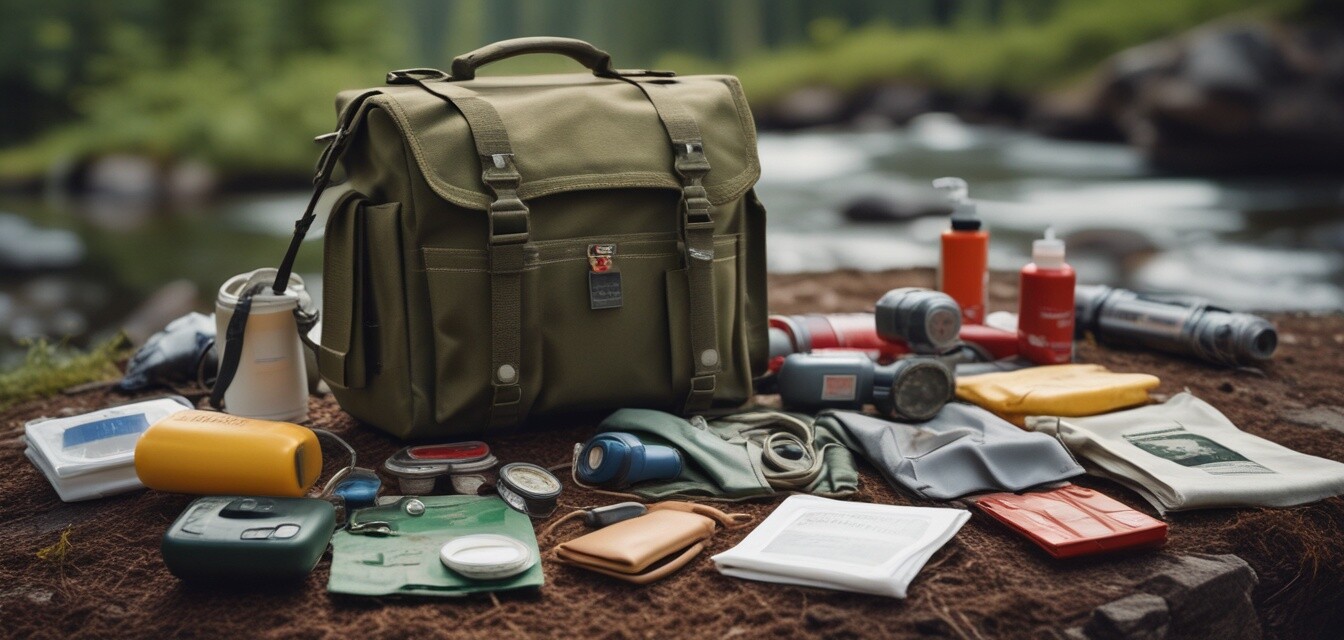
Debunking Myths about Emergency Preparedness
Key Takeaways
- Emergency preparedness is often misunderstood, leading to misconceptions.
- Planning for emergencies involves understanding potential risks and obtaining the right supplies.
- Community resources can be invaluable for ensuring safety during crises.
- Staying informed is essential to adapt to emerging trends in emergency strategies.
When it comes to emergency preparedness, the landscape is occasionally muddied by myths and misconceptions. This article aims to address these rumors and provide you with clear, actionable information to equip yourself and your loved ones, ensuring you're ready for any unforeseen event.
Common Myths about Emergency Preparedness
| Myth | Fact |
|---|---|
| Myth 1: I don't need to prepare if I live in a safe area. | Fact: Emergencies can happen anywhere, even in the "safest" locations. |
| Myth 2: My family is not at risk for disasters. | Fact: Awareness of local threats is part of effective preparedness. |
| Myth 3: Emergency kits are too expensive to put together. | Fact: You can start small and build your kit over time. |
| Myth 4: Only the government can help during a disaster. | Fact: Community initiatives and local resources play a vital role. |
| Myth 5: I can rely on my smartphone for all emergency needs. | Fact: Batteries can die, and signal may be lost; having backup tools is crucial. |
Understanding Emergency Preparedness
Emergency preparedness involves more than just having supplies on hand. It encompasses planning, education, and ongoing awareness of potential risks. Let's explore some best practices to combat these myths and ensure you and your family are truly prepared.
1. Assess Your Risks
Begin with evaluating the specific threats in your area:
- Natural disasters (floods, earthquakes, hurricanes)
- Man-made hazards (hazardous materials, civil unrest)
- Your personal circumstances (health, mobility)
2. Build a Comprehensive Emergency Kit
An emergency kit should be tailored to your needs. Here’s a simple checklist:
| Essential Supplies | Quantity |
|---|---|
| Water (one gallon per person per day) | 3-day supply |
| Non-perishable food | 3-day supply |
| First aid kit | 1 |
| Multi-tool or knife | 1 |
| Flashlight & extra batteries | 1 of each |
| Whistle (to signal for help) | 1 |
| Dust mask (to help filter contaminated air) | 1 |
| Local maps | 1 |
3. Engage with Your Community
Community engagement not only increases your preparedness but also strengthens local response efforts. You can:
- Join local preparedness workshops.
- Participate in community drills.
- Stay informed about local emergency protocols.
4. Stay Informed about Trends
Emergency preparedness is an evolving field. New technologies and strategies emerge regularly. Being informed about these changes can enhance your emergency plans. Subscribe to our blog section on News and Trends to keep up with the latest developments.
Conclusion
By debunking common myths surrounding emergency preparedness, you can take proactive steps to ensure your safety and that of your loved ones. Remember, preparation is not just about having a kit; it’s about creating a plan and being ready for any situation that may arise.
Pros
- Reduces anxiety and uncertainty during emergencies.
- Encourages proactive behavior and community involvement.
- Enhances decision-making capabilities in crisis situations.
Cons
- Initial costs can be a concern for some families.
- Requires regular updates and maintenance of supplies.
Final Thoughts
Don’t let myths prevent you from being properly prepared. Take the time to educate yourself and your family about emergency readiness. Remember, preparedness is a way to turn potential panic into a calculated response, keeping you and your loved ones safe when it matters most. Explore our resources on emergency food supplies and first aid kits to enhance your preparedness.